Travnik Village
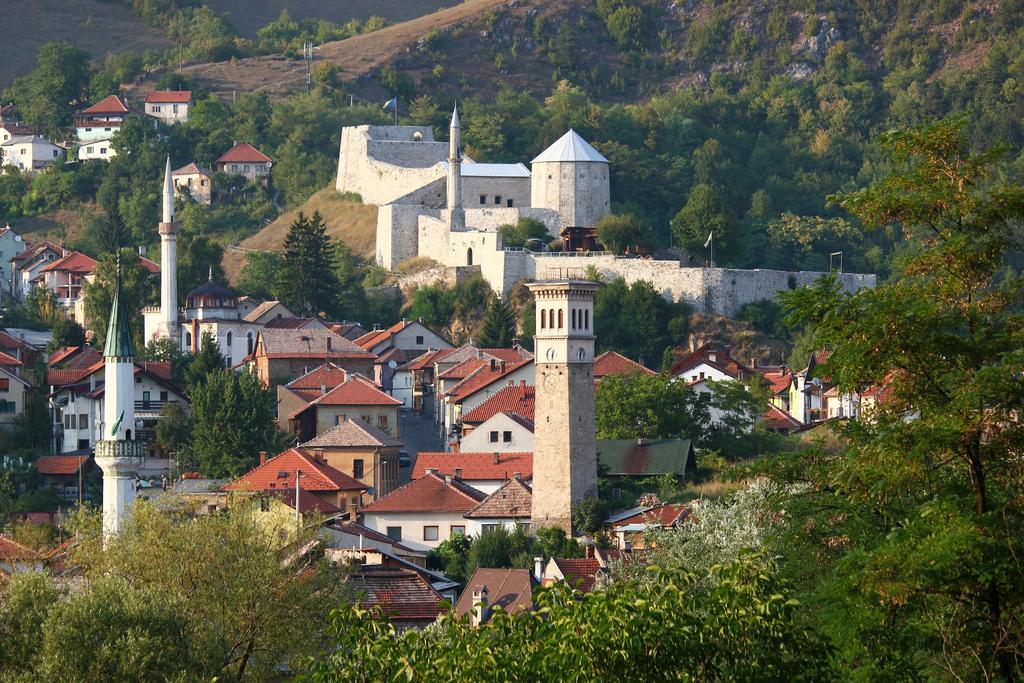
Travnik is a Bosnian town of thirty thousand inhabitants located in Central Bosnia which has become world famous for being the birthplace of the Nobel Prize for Literature Ivo Andri who set the novel "the Travnik Chronicle" here: the story of two consuls, one French and the other Austrian, who in the Napoleonic era found themselves living suddenly and with a thousand difficulties in this dispersed place in the Balkans.

Historically, the city has always been considered important from a political point of view due to its strategic geographical position. Travnik, in fact, is about eighty kilometers from Sarajevo and is nestled in the narrow valley of the Lašva river framed by the Vlasic mountains to the north and Vilenica to the south.

The current Travnik is much more welcoming than that which transpires in the description of the famous book by Andri. Visiting this city allows you to immerse yourself in the classic atmosphere of the Bosnian province, less flashy (and touristy) but just as interesting compared to the one you breathe in cosmopolitan Sarajevo.

Click to see a video, in the local language, made by N1 which highlights the most interesting places in this city.
Travnik can be a pleasant stop for those tourists who pass from Sarajevo to Jaice. Without neglecting the fact that the surrounding area also deserves to be discovered. And in particular:
- Guca Gora: famous for a large Catholic monastery also mentioned by Ivo Andri;
- Prusac: a small village from which the largest Muslim pilgrimage in Europe starts;
- Vlasic: a popular ski resort in the area.
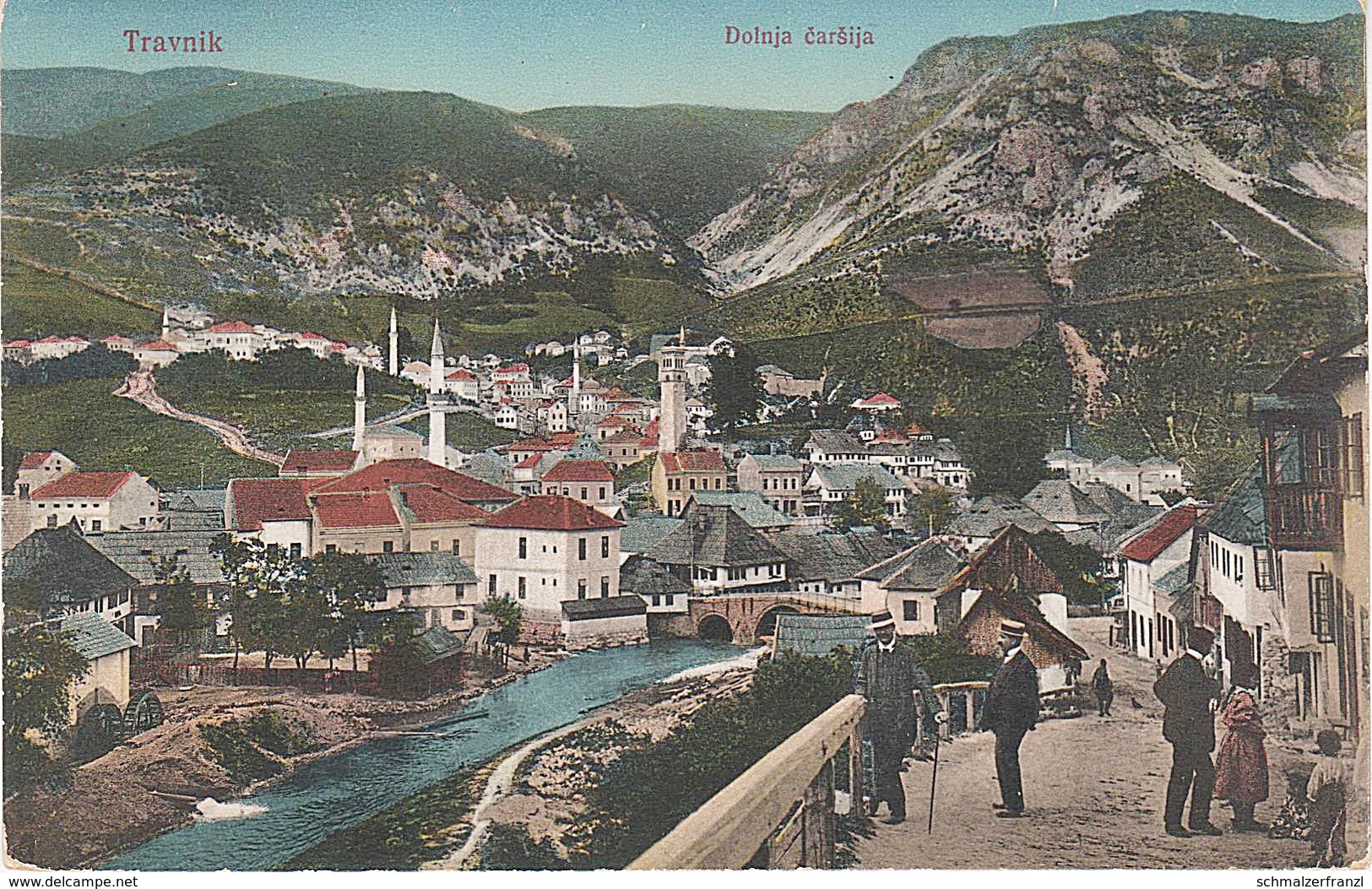
In the past, Travnik was, for many years, an important city in the history of the country and the Ottoman Empire. During the Turkish occupation, the city became the residence of the viziers (the governors of the empire).

In the 19th century, representatives of France and Austria also arrived in Travnik. And it was precisely in this period that the city became the most important diplomatic center in Bosnia which also coincided with its rapid economic growth which allowed it to become a privileged point of reference for trade and for the production of wood and fabrics.
Travnik went through a period of great fame even during the rule of the Austro-Hungarian Empire under which the whole area gave itself a marked industrial imprint.

What to see in Travnik
The Šarena Džamija (literally “the colored mosque”) is located in the center, at the end of Bosanska boulevard not far from a pleasant pedestrian area full of restaurants overlooking the river.
This mosque, with its fascinating arches, owes its name to the numerous frescoes that decorate it externally representing floral motifs, stylized trees, clusters of blue grapes and amaranth.
The mosque, like many Ottoman buildings, combines the sacred with the profane. On the first floor, in fact, there is the mosque with the rooms dedicated to prayer, while on the lower floor there is a small bazaar (called bezistan) that directly overlooks the main road.
Behind the mosque there is a pedestrian underpass that crosses the M5 state road and allows you to reach the ruins of the fortress, located after the eighteenth-century Mahala bell tower and two picturesque mosques.

The fortress, visible from all over the city, was built between the end of the fourteenth and the beginning of the fifteenth century, to be then enlarged during the Ottoman domination, becoming a real defensive stronghold among the largest in all of Bosnia.
After crossing the high stone bridge, you enter the real manor where you can take a nice walk from bastion to bastion. By reservation only, however, it is possible to access the central keep which houses a small historical museum consisting of a few rooms.

From the fortress you can also admire a beautiful panorama in which the three mosques stand out with the high minarets that rise above the surrounding houses in the Stari Grad (literally "old town").
There are no particular places of particular interest in Stari Grad. Just strolling through the narrow and sloping alleys of the old city can be a reason for a fleeting cappatina. In other words, an authentic "leap into the past" aimed at rediscovering the uses and traditions of the past or, simply, to see corners as beautiful as they are picturesque.

Going down, little by little, from the old city, you come across the river Šume? And that stretch, crossed by some stone bridges, called Plava Voda (in Italian "blue water") which owes its name to the clarity of its waters. Along its approximately 350 meters, there are also some shops, bars and some typical restaurants.
Travnik, was the seat of the oldest Koranic school, as well as the seat of the Vizier or the political and religious authority during the Turkish domination. Some traces of this period remain in the city. Or the crowds of the Vizier: the traditional tombs covered by a sort of stone and decorated gazebo.
One of the most important tombs is located along the main avenue, in front of the Lipa hotel. It is recognized for the complex and colorful decorations on the vaults and the sculpted capitals in neo-Moorish style.

To discover, instead, the "dear places" to Ivo Andri, You have to move to Ulica Zenjak. Here you can still see his birthplace which, since 1974, has also become a museum.
In the rooms of the house you can admire the portraits of Pierre David or the French consul on which the protagonist (Jean Daville) of the book is built. But not only. Inside, there is also a large collection of texts and books by the Bosnian writer, including the first edition of 1945 of his famous novel.
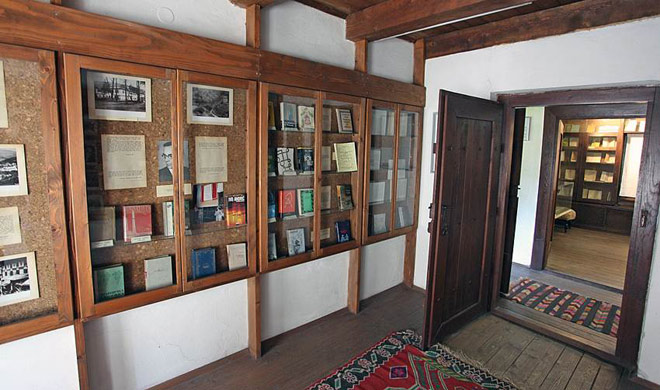
Click to see a report (in Italian) made by Euronews and dedicated to this Bosnian writer.
“At the end of the Travnik market, under the fresh and bubbling spring of the river Šume ?, the little Lutvo café has always existed, since the world began. Not even the elders remember Lutvo, its owner, by now; for at least a hundred years he has rested in one of the cemeteries around the city. However, you always go to "have a coffee at Lutvo's"
The Lutvo café, also mentioned in this passage from the famous novel by Ivo Andri?, Is another of the places to visit in the city. It is worth going in to breathe an air of a "past time" or, even simply, for a regenerating break by eating something or maybe, even just, sipping the renowned Lutvo coffee (basically a Turkish coffee) to be combined, strictly, with a Lokum (a typical sweet).
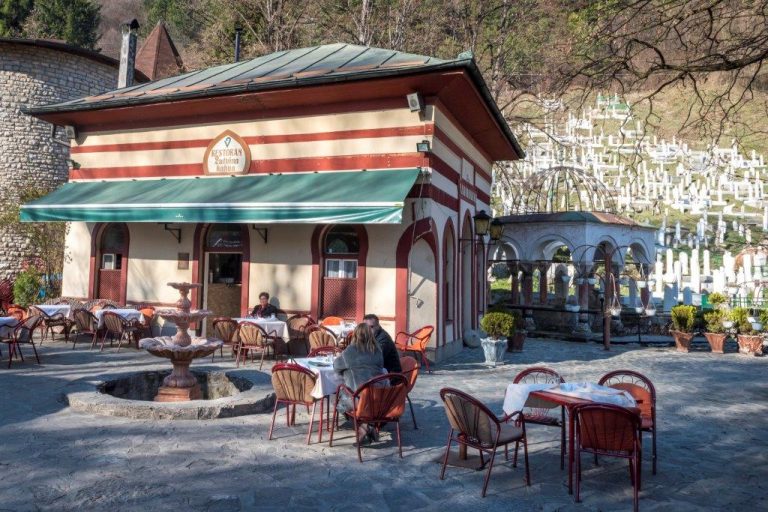
Virtual Walking tour
The best time to visit this region of Bosnia is undoubtedly the spring period, when the climate becomes much milder than the harsh Balkan continental winter in which temperatures drop below freezing for several months of the year and rainfall is mainly snowy. due to a temperature that can drop to minus ten at night.
While waiting to plan a trip to discover Travnik, we bring you a "virtual walking tour" to be discovered. Click!

Map:
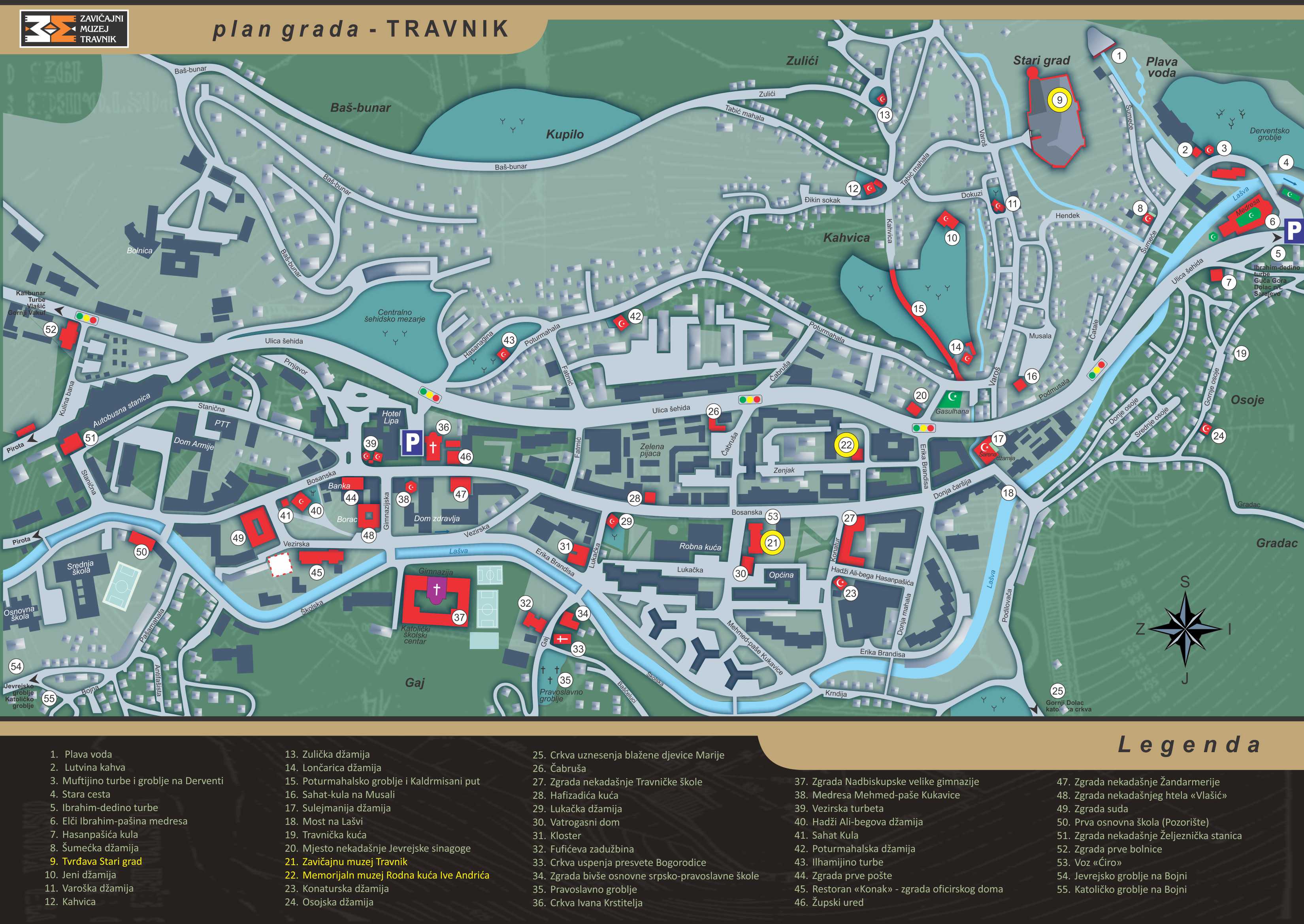
Video: Travnik Village
Map: Travnik Village
Address: Hadži Ali-bega Hasanpašia, 72270
Travnik (Bosna i Hercegovina)
Latitude: 44.2292363
Longitude: 17.6728398
Site: https://tobosnia.com/travnik/...
vCard created by: Marco Cadelli
Currently owned by: Marco Cadelli
Type: City
Function: Historic village
Creation date: 01-05-2022 12:10
Last update: 10/05/2022